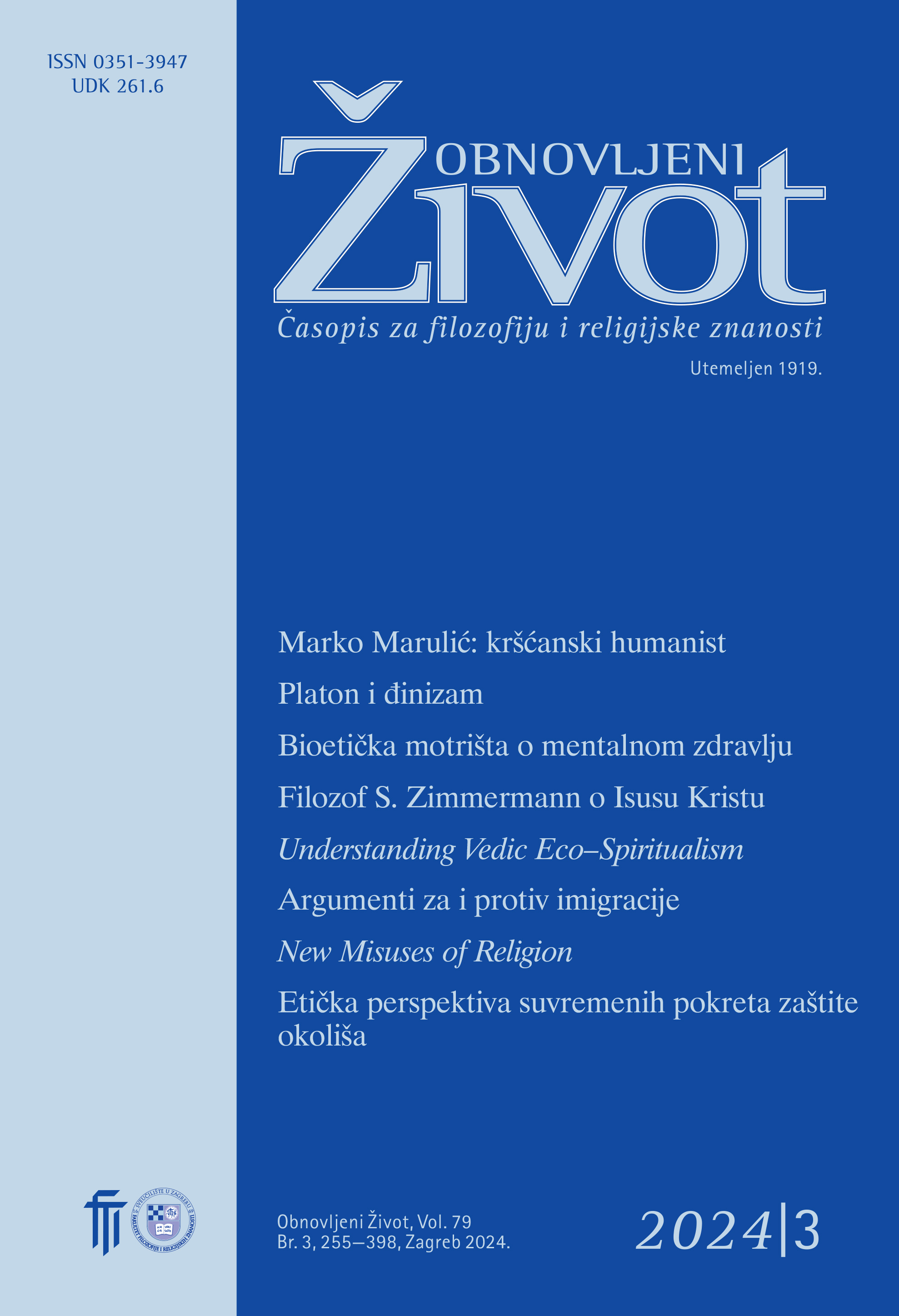Dualism in Ancient Greece and India
Plato and Jainism
Keywords:
Plato, Jainism, dualism, jīva, karma, psychḗ, pēlosAbstract
There is an apparent similarity between the dualism of ancient Greece and IndianJainism in regard to features involving the relationship between body and soul. Inancient Greece the pinnacle of dualistic teaching was achieved in Plato’s descriptionof two worlds in which eternal ideas reside, namely, the soul (psychḗ) which at themoment of death is separated (chōrismòs) from the body (sṓma) dwelling in thevisible world. In Jainism, the soul (jīva) is considered substantially different frommaterial bodies which are composed of particles (aṇu): the soul is a kind of immaterialsubstance (dravya), while all else is material (pudgala). In Plato’s and Jainistdualistic teachings we find a possible solution to one of the more difficult problemsin this approach to dualism: an explanation of the contradictory union of two incommensurabletypes of being, soul and body, namely, the existence of a uniquesubstance uniting the immortal and the mortal, the imperishable and the perishable(in the Greek doctrine it is clay, pēlós; in Jains it is a very fine substance, karmic dirt,karmavaraṇa). In both doctrines there is recognition to a certain degree of a separateintermediate stage between two incarnations or rebirths and the possibility of therecalling of absolute knowledge. Explanations of the structure and genealogy of theseteachings and their interrelationship range from the possibility of a transmission oflearning to a synchronous emergence, or simply an acceptance of occurrences in thesame general pattern of the historical sequence of ideas and concepts.
Downloads
Published
Issue
Section
License
Jednom prihvaćeni članak obvezuje autora da ga ne smije objaviti drugdje bez dozvole uredništva, a i tada samo uz bilješku da je objavljen prvi put u Obnovljenom životu. Uredništvo će obavijestiti autora o prihvaćanju ili neprihvaćanju članka za objavljivanje.
Članci objavljeni u časopisu se, uz prikladno navođenje izvora, smiju besplatno koristiti u obrazovne i druge nekomercijalne svrhe.


